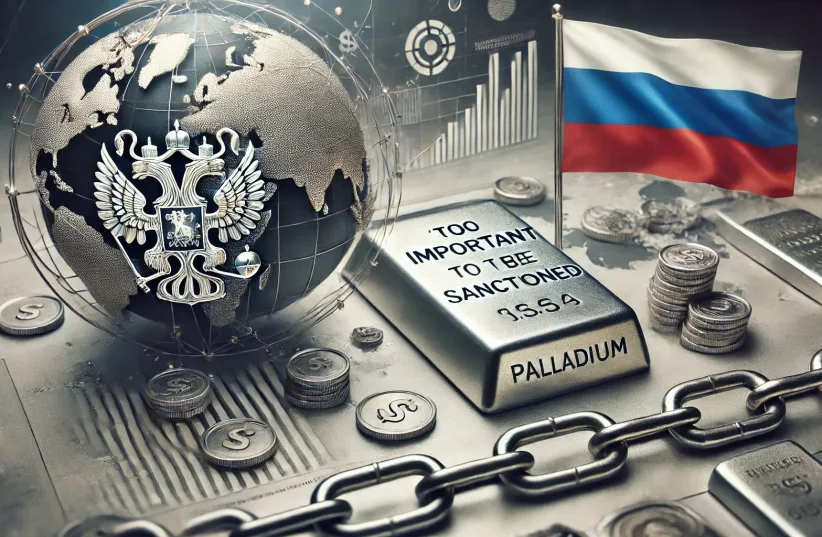
As G7 mulls Russian palladium sanctions, global markets hold their breath. With automotive industry hanging in balance and prices soaring, can the West afford to cut off Moscow’s metal supply?
In a revealing analysis of the global palladium market, new data shows why Western nations remain hesitant to impose sanctions on Russian palladium despite mounting geopolitical tensions. The critical metal, essential for automotive emissions control, has become a focal point of economic vulnerability for both the United States and European Union.
Market Volatility and Global Dependencies
Recent discussions at the G7 meeting about potential sanctions on Russian palladium sent shockwaves through the market, causing prices to surge over $100 per ounce to breach $1,200/oz – the highest level in a year. This dramatic price movement underscores the market’s sensitivity to potential supply disruptions.
Key Statistics:
- U.S. palladium consumption: 2.0 million ounces (2023)
- Russia’s annual production: 2.7 million ounces
- U.S. imports from Russia: 750,000 ounces (2023)
- EU imports from Russia: 400,000+ ounces (2023)
Critical Industrial Applications
“The automotive sector dominates palladium demand, with 88% of U.S. consumption directed toward autocatalysts for gasoline vehicles,” notes the Heraeus Precious Metals Trading report. This dependency persists even as electric vehicles gain market share, highlighting the metal’s continued importance in meeting environmental regulations.
Supply Chain Complexities
The report reveals a complex web of supply dependencies:
- U.S. domestic mine production stands at just 330,000 ounces
- Despite leading in autocatalyst recycling, the U.S. faces significant supply shortfalls
- European production is “negligible,” relying heavily on recycling and imports
- South Africa, the second-largest producer, has most output locked in contracts
Expert Analysis
The situation presents a strategic dilemma for Western nations. The report suggests that “replacing imports of Russian palladium would be extremely difficult” and “impossible to replace at short notice.” This reality likely explains the reluctance to impose sanctions, despite geopolitical pressures.
Economic Implications
The market’s recent volatility suggests a ceiling may have been reached, but the underlying supply-demand dynamics remain tense. Both the U.S. and Europe face a challenging balancing act between political objectives and economic necessities.
Looking Forward
As automotive manufacturers continue to require palladium for meeting emissions standards, and with limited alternatives for supply diversification, the market remains vulnerable to geopolitical developments. The situation underscores the complex interplay between environmental regulations, industrial needs, and international relations.
Key Takeaways:
- Western dependence on Russian palladium creates significant economic vulnerabilities
- Current supply chains cannot readily adapt to potential sanctions
- Automotive sector demands continue to drive market dynamics
- Recycling efforts, while significant, cannot bridge the supply gap
- Market sensitivity remains high to geopolitical discussions
This analysis reveals how industrial necessities can sometimes override geopolitical objectives, highlighting the intricate balance between economic and political considerations in today’s interconnected global market.

















